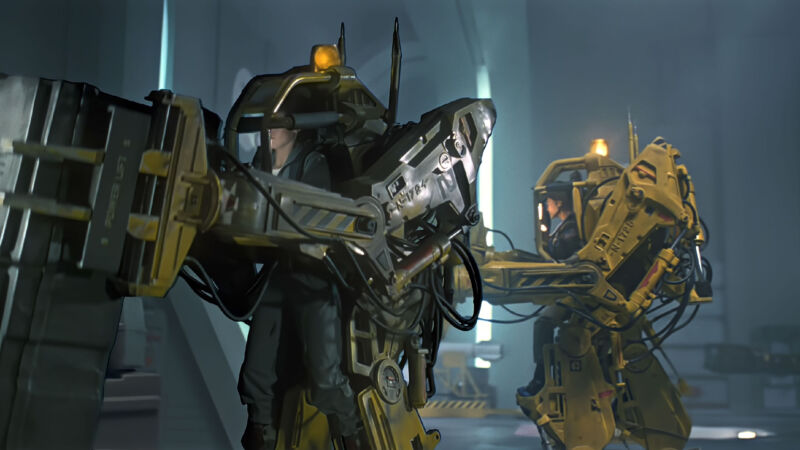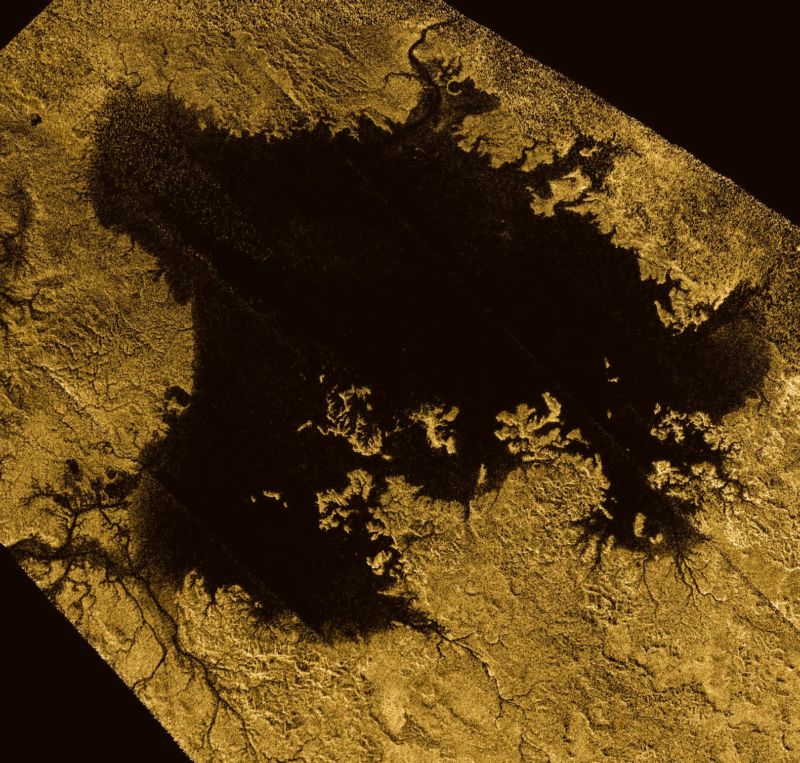Lightening the load: AI helps exoskeleton work with different strides

Enlarge / Right now, the software doesn't do arms, so don't go taking on any aliens with it. (credit: 20th Century Fox)
Exoskeletons today look like something straight out of sci-fi. But the reality is they are nowhere near as robust as their fictional counterparts. They’re quite wobbly, and it takes long hours of handcrafting software policies, which regulate how they work—a process that has to be repeated for each individual user.
To bring the technology a bit closer to Avatar’s Skel Suits or Warhammer 40k power armor, a team at North Carolina University’s Lab of Biomechatronics and Intelligent Robotics used AI to build the first one-size-fits-all exoskeleton that supports walking, running, and stair-climbing. Critically, its software adapts itself to new users with no need for any user-specific adjustments. “You just wear it and it works,” says Hao Su, an associate professor and co-author of the study.
Tailor-made robots
An exoskeleton is a robot you wear to aid your movements—it makes walking, running, and other activities less taxing, the same way an e-bike adds extra watts on top of those you generate yourself, making pedaling easier. “The problem is, exoskeletons have a hard time understanding human intentions, whether you want to run or walk or climb stairs. It’s solved with locomotion recognition: systems that recognize human locomotion intentions,” says Su.

